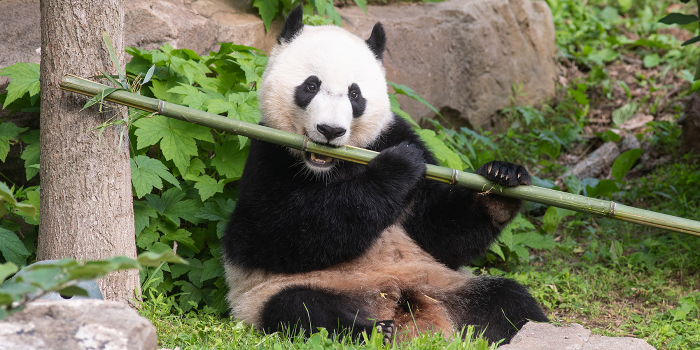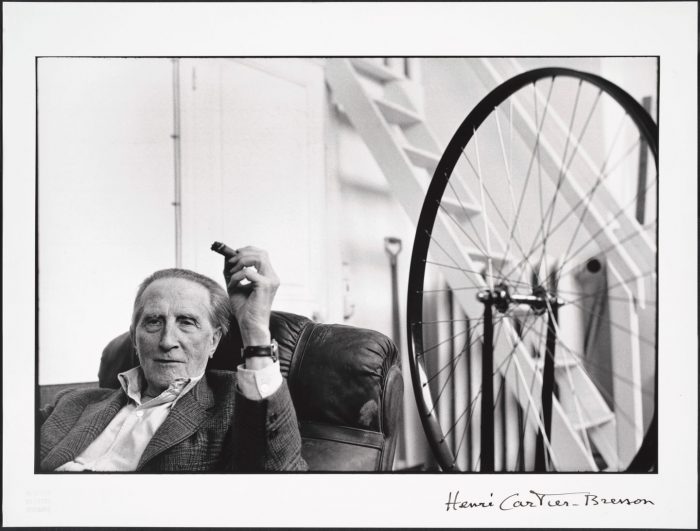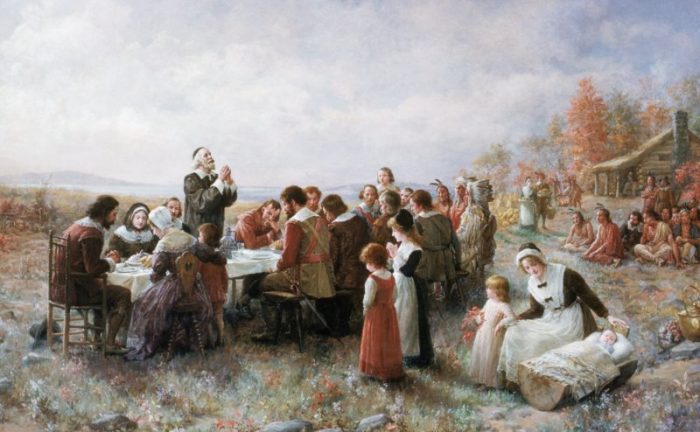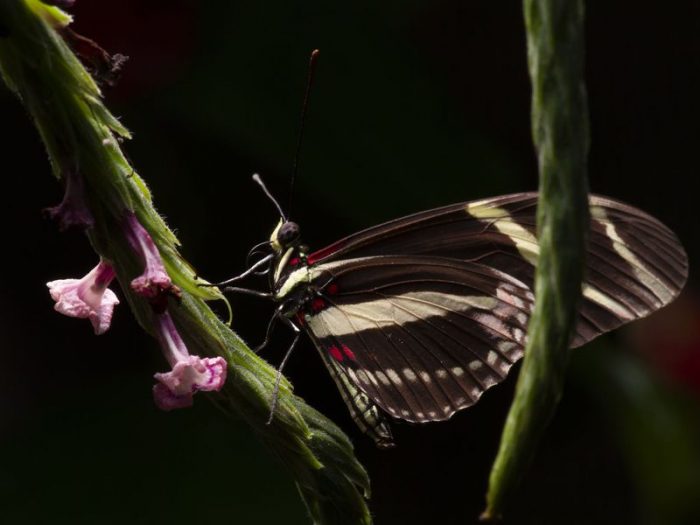ICYMI: Highlights from the week that was Nov. 17 – Nov. 23, 2019
No one can keep up with everything, so let us do it for you. We’ll gather the top Smithsonian stories from across the country and around the world each week so you’ll never be at a loss for conversation around the water cooler.
In other news: Bei Bei is still gone.

Bei Bei’s Departure

Bei Bei enjoys a snack. (Photo by Skip Brown, 2018)
D.C.’s own Bei Bei doesn’t mind the Chinese bamboo in his new home. But what’s up with the panda cake?
The Washington Post, November 22
Bei Bei the gianT panda arrives in China
NBC, The Today Show, November 21
Washington’s Other Drama: The Unbearable Departure of its Last Panda Cub
The New Yorker, November 20
The last goodbye: Bei Bei, the giant panda, leaves National Zoo for China
The Washington Post, November 18
Giant Panda Bei Bei Set to Leave National Zoo for China
NPR, Morning Edition, November 19
Bei Bei the giant panda is leaving National Zoo for China
NBC, The Today Show, November 19
Our Favorite Bei Bei Moments
Washingtonian, November 18
Last Full Day for Bei Bei at DC’s National Zoo
NBC Washington, November 18
Bei Bei the giant panda leaving the National Zoo for China
CBS Evening News, November 18
National Zoo says “Bye Bye Bei Bei” as panda leaves for China
NBC Nightly News, November 16
Art and Design
Duchamp was all about playful subversion. That’s what makes his presence in Washington so fitting.
The Washington Post, November 19

Marcel Duchamp in a 1968 photo by Henri Cartier-Bresson. Gelatin silver photograph. (Henri Cartier-Bresson/Cathy Carver/Promised Gift of Barbara and Aaron Levine/Hirshhorn Museum and Sculpture Garden)
Over several decades in the middle of the past century, scholars, critics and knowledgeable art lovers realized that the wellsprings of modern art did not all flow from Picasso. Equal in influence were the ideas and works of Marcel Duchamp, the French artist who prioritized ideas over material objects and invented what we now think of as conceptual art. Read more.
National Portraight Gallery Gala Brings Familiar Faces (Video)
NBC 4 Washington, November 18
Lin-Manuel Miranda, Michelle Obama and Anna Wintour all attended the National Portrait Gallery Gala Sunday night.This event honors six people who help shape our shared history. News4’s Tommy McFly has more
History, Culture, and Education
‘I Was Teaching a Lot of Misconceptions.’ The Way American Kids Are Learning About the ‘First Thanksgiving’ Is Changing
TIME, November 21

The First Thanksgiving by Jennie Augusta Brownscombe (Photo by Barney Burstein/Corbis/VCG via Getty Images)
n a recent Saturday morning in Washington, D.C., about two dozen secondary-and-elementary-school teachers experienced a role reversal. This time, it was their turn to take a quiz: answer “true” or “false” for 14 statements about the famous meal known as the “First Thanksgiving.”
Did the people many of us know as pilgrims call themselves Separatists? Did the famous meal last three days? True and true, they shouted loudly in unison. Were the pilgrims originally heading for New Jersey? False. Read more from TIME.
Science and Technology
What Butterflies’ Colorful Wing Patterns Can Teach us About Evolution
Smithsonian scientists used genetically-engineered butterflies to learn that evolution can take a different path to achieve the same thing
Smithsonian.com, November 18

Heliconius charithonia is one of the species of butterflies whose wing patterns scientists scrutinized to better understand the evolutionary process. This butterfly is wild-type; the genetically edited H. charithonia wings have wider swathes of yellow. (Sebastian Mena / STRI)
At first, Carolina Concha and her fellow researchers at the Smithsonian Tropical Research Institute worried that every mutant butterfly would die. They were attempting to deactivate a crucial wing-patterning gene known as wntA, and they aimed to make this genetic change not in just one variety of butterfly, but in 22 types. Fortunately, the mutant insects developed normally, from egg to caterpillars to chrysalises to full-fledged butterflies. And when the butterflies finally unfurled their wings, they contained a lesson in evolution—just like navigating a car through a web of city streets, there are many routes to get to the same evolutionary destination. Read more from Smithsonian.com.
Posted: 3 December 2019






